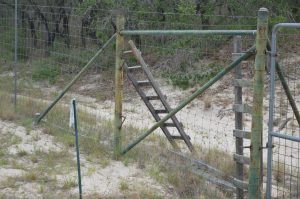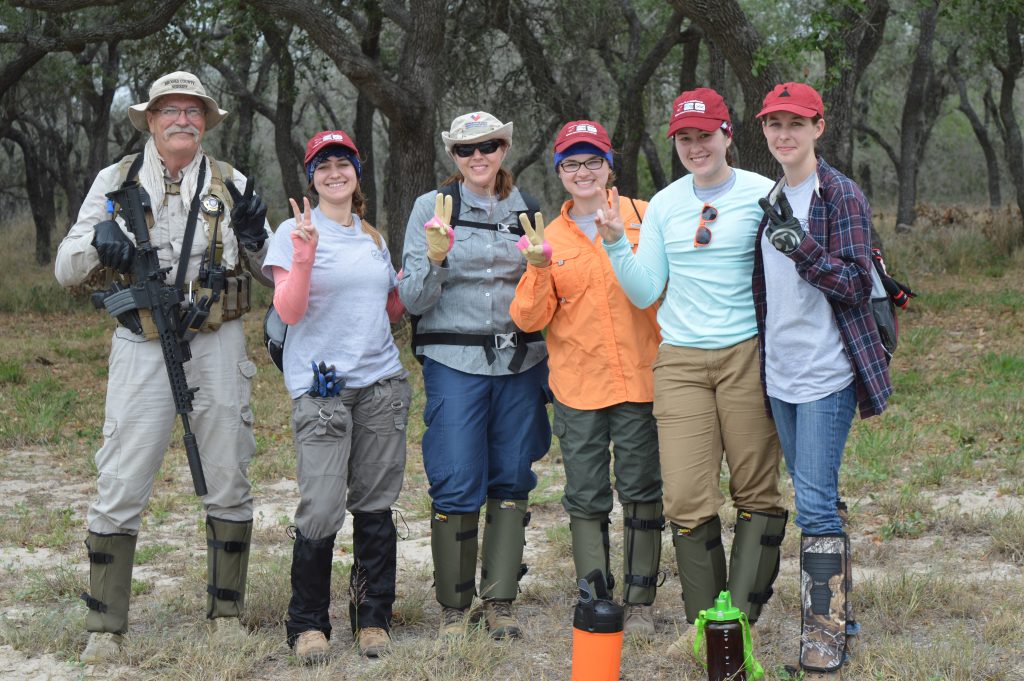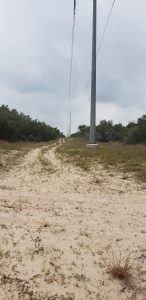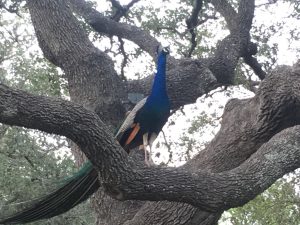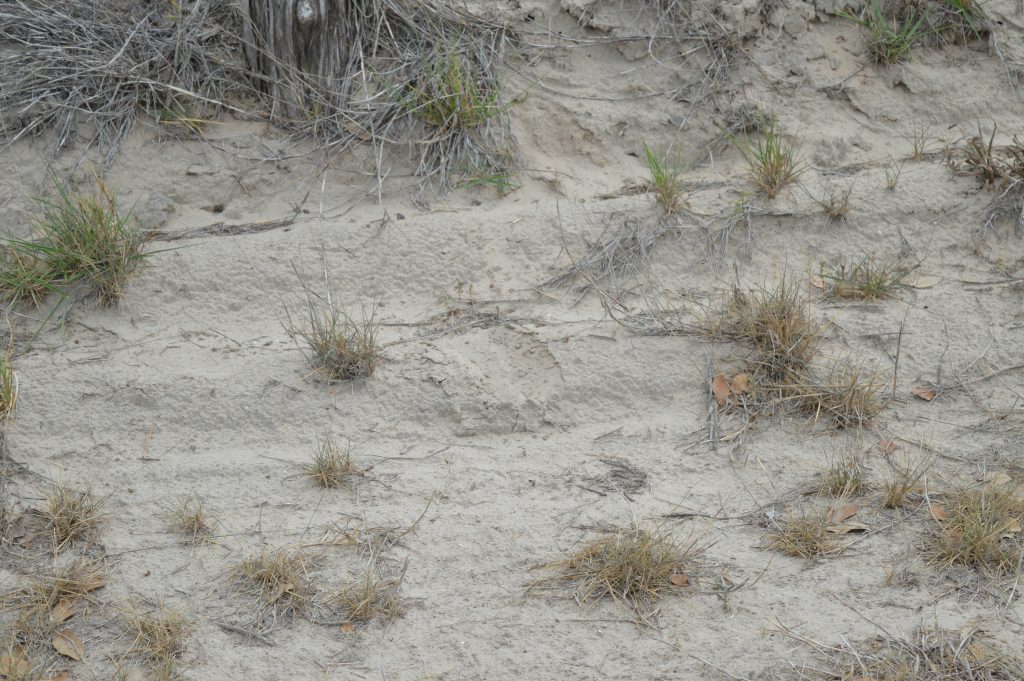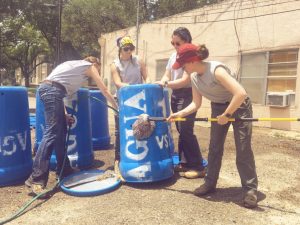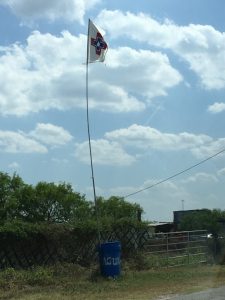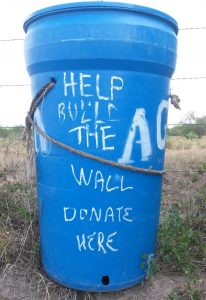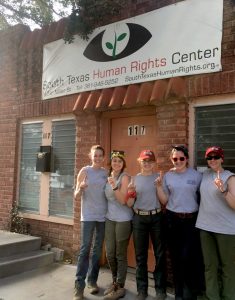
Another day in Falfurrias has passed us by and what a productive one it’s been! We started at the human rights center this morning to meet up with Eddie and discuss the day’s activities. Today was the day we would be going on to the Ranch to build all of the water stations that we fundraised for. We packed up all of the supplies we needed, headed out to the ranch, and was first met with a lot of cows! We saw them throughout the day everywhere we went, and while they were curious they kept their distance.
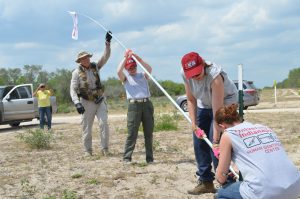
We then began building our first water station from scratch. It was slow going at first, but with each station we became more proficient and became comfortable with our individual roles during the process. After about six water stations we headed back to the human rights center to eat lunch and gather more supplies. We wasted no time getting back on the ranch and right back to work, timing how fast we could build a water station as if we were part of a pit crew in our own version of the Indy 500.
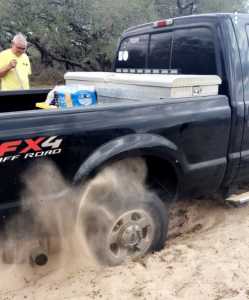
The second half of the day brought us to a section of the ranch that was too sandy for our vehicle, so Rachel and myself traveled with Eddie and Don in their trucks to put up a water station there while the rest of the crew searched another area. Setting up the water station went well but when we tried to leave Don’s truck got stuck in the loose sand! It took a bit of team work, some digging, a lot of sticks, and a tow strap but we were finally able to move out of the sand and back to the rest of our team.
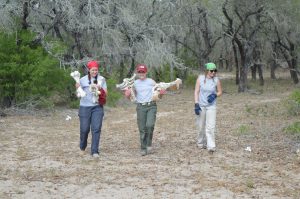
We then all loaded up in the trucks and drove to a less sandy area to set up our final water station. By the end of the day, we surpassed our goal of setting up ten water stations reaching a total of thirteen! We were also so excited to leave the Ranch with our arms full of bones from cow skeletons we found throughout the day.
Today we were able to experience a little bit of everything: we built water stations in the ever-present Texas heat, searched through sections of sandy soil, dealt with spiders, bees, chiggers, and ticks, and we saw, identified and collected quite a few (cow) bones. We are so proud of all we were able to achieve, but the reason for our work here has not been lost on us. The water stations we built today may save lives. The searches we conduct may help bring loved ones back to their families. Did we put in a lot of work today? Absolutely, but our work here is not finished. We’ve reached one goal but we’re only just getting started.
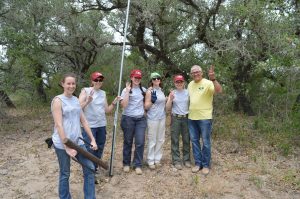
– Angela
